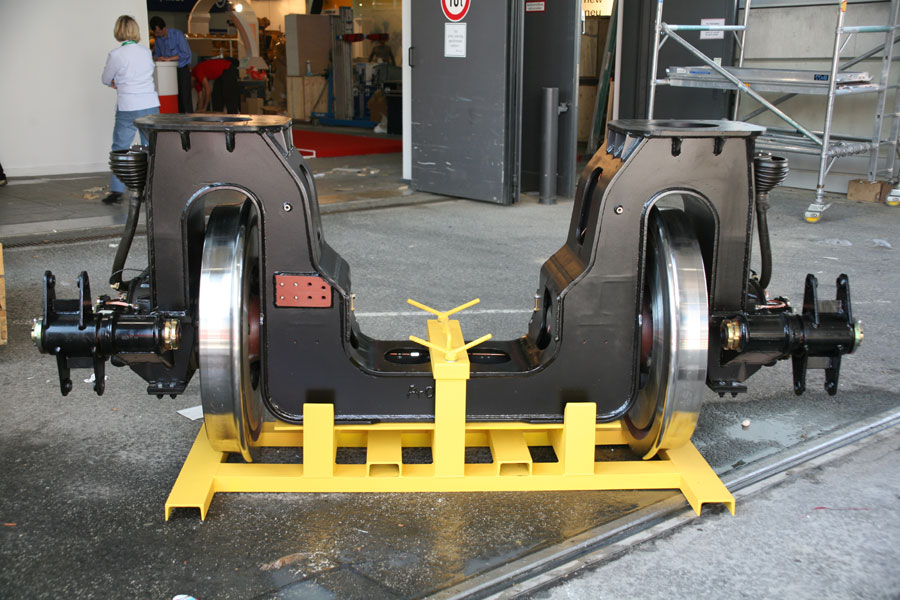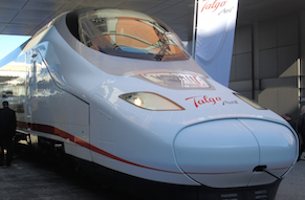SHARE
Talgo and the challenge of Indian railways
Last week I read an interesting article about the speed trials of Talgo trains in India. This challenge captured my attention and I decided to do a bit of research since I felt this was going to be quite amazing.
Railways were introduced in the country in 1853 and traverse the length and breadth of the country, covering about 65,000 km and transport more than 7,500 billion passengers a year! As you can imagine, with such a long history and broad network there is a great challenge about gauge standardization currently managed by project Unigauge.  India railway gauges (source: Project Unigauge)
India railway gauges (source: Project Unigauge)
But today, Spanish Talgo is facing the challenge of traveling between Delhi and Mumbai in about 12 hours, compared to the current 17 hours, with minimal infrastructure upgrade. They argue that it can be made since coaches can run on curved rails without decelerating speed.
But let’s talk about Talgo trains and his inventor, the Basque engineer Alejandro Goicoechea. I like this story since it comes from a bright engineer that wanted to make the world better. 
Alejandro Goicoechea (source: spainillustrated.blogspot.com)
Alejandro started to apply to trains welding techniques which were being used in tanks and bridges. His goal was to make trains lighter and faster by eliminating screws and rivets. He registered his first patent in 1926.
Later on, he found a way to make trains safer by bringing down the center of gravity and invented a totally new rolling system. In fact, conventional train coaches were equipped with 2 rolling systems called bogies.
Each bogie has 2 sets of wheels connected with an axle. Each bogie can rotate independently to adapt to curves. Talgo coaches are a bit shorter and lean on a single rolling system composed of 2 independent wheels called “rodal”. Talgo’s rodals are adjacent to the coach compared to traditional trains that are set on top of bogies, reducing the height of the coach and then moving down the center of gravity.
You, as a passenger, can easily feel this when you get on a Talgo train and you are at the same height of the platform and steps are not required.
 Talgo rodal (source: www.aecientificos.es)
Talgo rodal (source: www.aecientificos.es)
So, in summary, Talgo trains are lighter, faster and consume around 30 percent less energy. They are safer and more convenient for passengers. Will Alejandro win the Indian railway competition?
Engineers from the past help us create the future, just facing real challenges. And you?
Do you want to become today an engineer of the future ? Check out our challenges!
